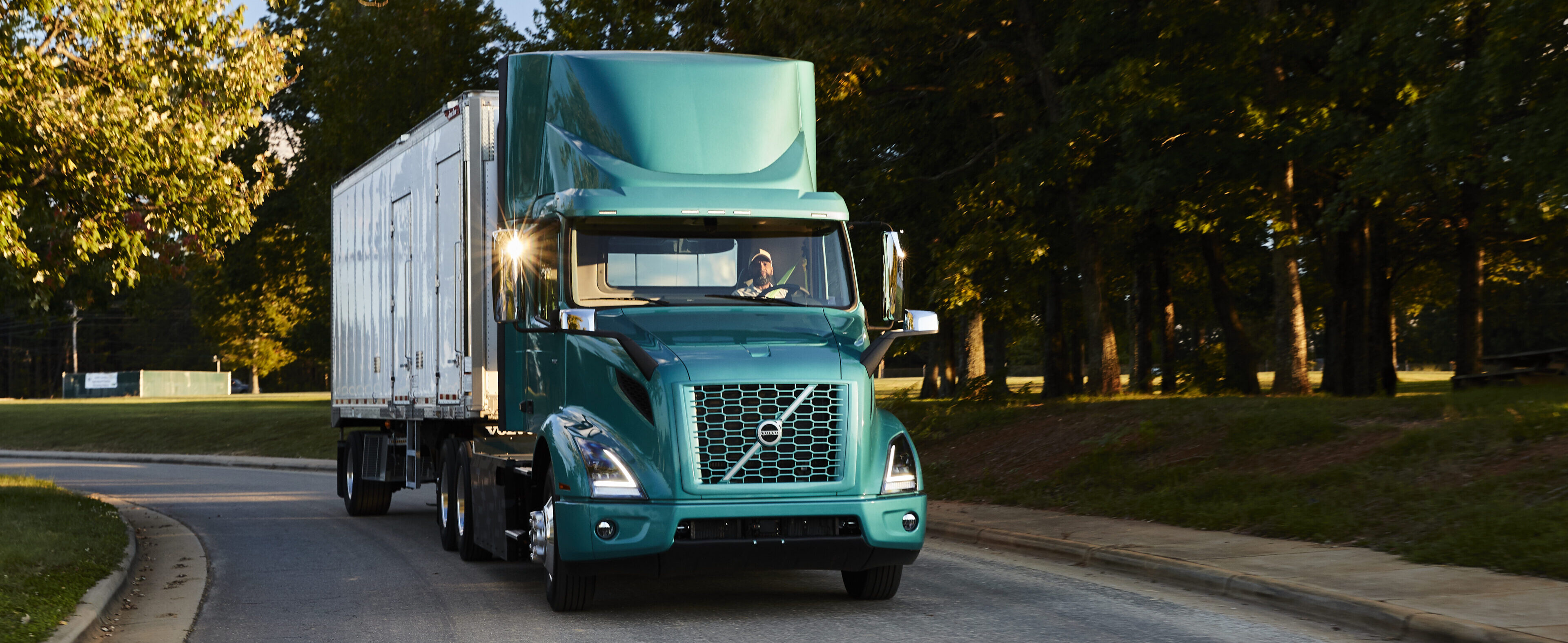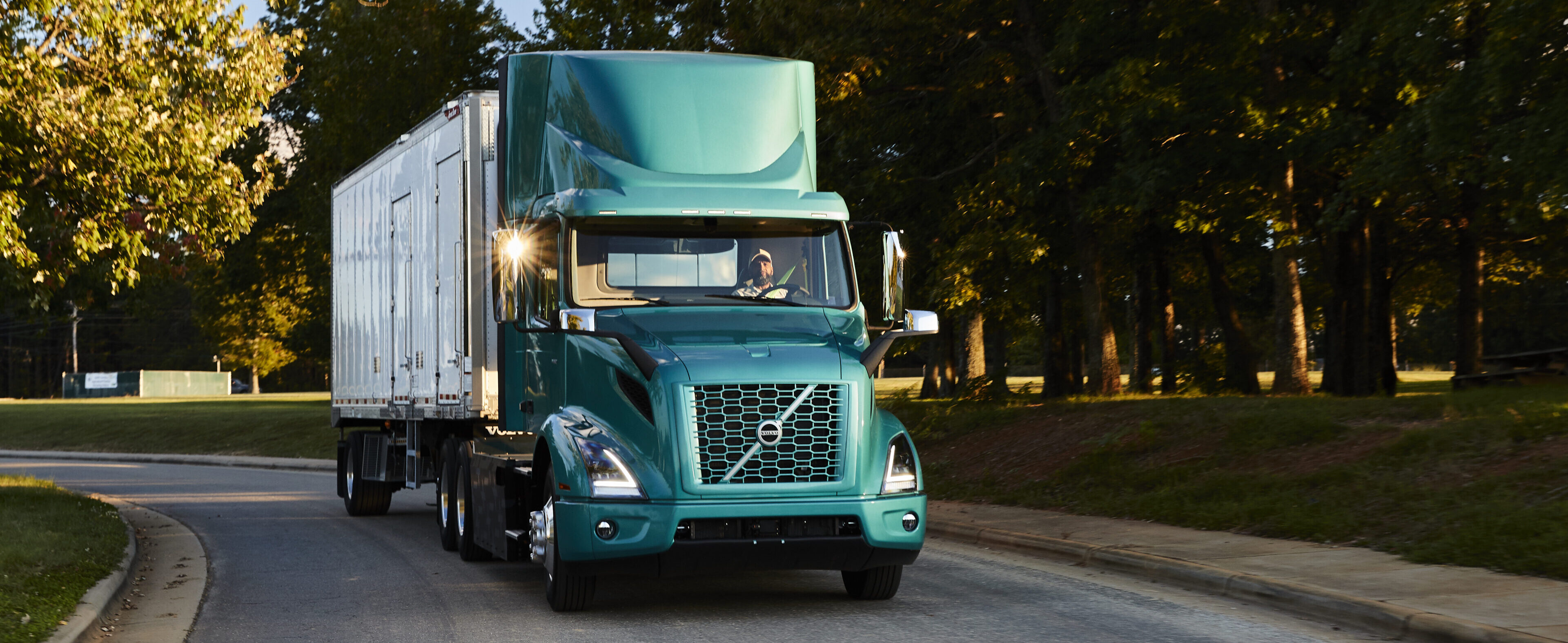TRUCKING COSTS
Trucking rates

Introduction
Knowing trucking rates and costs is no longer a business need but a necessity to grow and thrive in the fast-moving transportation world of today. Whether you are behind the wheel of your own rig or managing a fleet of trucks, understanding the true financial implications behind every mile is crucial. This article goes into the depths of trucking economics, explaining concepts like average gross per mile, operating cost breakdown, and market-driven pricing trends. These subjects ground the dialogue such that both the seasoned professional and the just set out novice have a fixed footing in which to base strategic choices on.
There are many factors that drive the world of trucking: everything from fuel cost fluctuations and maintenance needs to area-specific economic conditions and industry regulations that have changed over time. This knowledge allows professionals to understand these dynamics so that they can estimate expenses more realistically and obtain reasonable rates. Moreover, words written, such as “trucking efficiency”, “freight cost analysis”, and “cost optimization” are indispensable to profit margins and operational strategy.
Why You Should Read This Article?
This is a detailed post to help readers understand the complexity of trucking rates and expenses. You will come to know how much you should be paid per mile and how these respective incomes compare with the plethora of expenses associated with trucking by the end of the article. The goal is to provide transparency into how individual cost drivers interact to influence profitability, and to show you how critical fundamentals like driver experience, market dynamics, and contract negotiations matter.
In addition to the theoretical aspects, this article gives practical tips and strategic advice for individual drivers as well as fleet operators. Through real-world examples and conversation around different ways to calculate this, we aim to provide a guide that demystifies rate determination while also encouraging proactive management of operating expenses. This information applies whether you’re coordinating logistics for a massive company or working as an independent contractor.
How much per mile do truck drivers make on average?
Simply put, the average rate per mile is how much a truck driver should expect to be paid for each mile he drives a truck for transport. That's a very important measurement regarding earnings potential and operational efficiency in the transportation sector. The figure is determined by taking your total compensation, divided by the total miles driven over a set period of time, and it allows you to see a clean picture of productivity and cost-effectiveness.
This rate is essential for truck drivers as it indicates the alignment between revenue generation and cost recovery. Knowing their per-mile earnings places drivers in a considerably better position to measure performance, evaluate their negotiating position with carriers or shippers, and decide what routes and freight to accept.
Factors By Region and Level of Experience
The average per mile rate can diverge a lot from one person to another. Geographic location has a marked influence too, with higher rates typically being charged in areas where living expenses, tolls, or other regulatory requirements are elevated. As another example, the experience level of the driver can also have a pronounced impact. Experienced drivers also get paid better which is one important factor to consider when it comes to writing a sentence replacement for the first sentence; proven delivery timelines and clean drivings records are likely to be found in these seasoned professionals, as opposed to those just entering the industry.
Additionally, what kind of freight is being transported—refrigerated goods, hazardous materials, oversized loads—can also affect the base rate. Collaboration, technology, and the changing landscape of shipping all play a role in how loads are priced, with changes reflecting the time and material costs involved and the particular risks associated with a given job type.
The Average Cost Per Mile For Trucking Explained
Breakdown of Costs
When discussing profitability in trucking, you have to look beyond how much you make per mile, but more importantly the costs involved in order to make that money. The Average cost per mile is the total cost of operating the truck per every mile driven. It acts as a barometer that provides insights into actual profitability by allowing revenues to be compared against it.
Cost in the trucking business is composite, and it frequently necessitates an audit of many variable and fixed factors from fuel consumption to k maintenance to insurance and driver salaries. All of these make contributions, which need to be managed very closely, because over thousands of kilometres and months of operation small deviations can have a big effect on the bottom line.
Fuel: Fuel is not only the biggest and least stable line item, but fuel prices will depend on market trends around the world and shifts in local regulations.
Maintenance — this encompasses routine services, emergency repairs, and system upkeep of mechanical systems integral to safety and efficiency.
Insurance: This aspect includes a range of costs, including liability and cargo insurance, which protect you from financial loss.
Wages: Hourly pay ratios may also be important, alongside performance bonuses or extra benefits that are determined by experience or job role.
Calculation Methods
In order to run sustainable operations, it is critical to calculate the cost per mile accurately. One simple way to do this is to add up all the relevant costs for a specified time period — monthly or yearly, for example — and divide by that same time period’s total mileage. For organizations that are ready to fine-tune their budgeting processes, higher-level methodologies could incorporate elements like vehicle depreciation, unforeseen repairs, and/or the opportunity cost of excess downtime.
Creating strong calculations helps spot inefficiencies, improve resource deployment and make sure that pricing is at levels that promote long term sustainability. Both truck drivers and fleet managers can use detailed data analysis and continuous monitoring to find hidden cost savings and/ or areas for improvement.
What Affects Trucking Rates
Impacts of Market and Economic
Trucking rates are inherently anticipated on macro economic conditions and market dynamics. These rates typically mirror changes in demand, seasonal fluctuations, and wider economic cycles. Rates can likewise tend to spike during strong consumer demand, like the holiday season, because of the volume of shipments and the increased competition between carriers.
Fuel cost is another key factor, and price fluctuations in oil markets put immediate pressure on rates. They can influence everything from economic policies to trade regulations to geopolitical events, all of which can have a massive and immediate impact on the transportation industry and force companies to rapidly adapt pricing strategies. It is important for any business operating in this space to have an acute awareness of these trends, as they will allow for proactive planning and informed decision making.
Huhs got consideritons
Beyond broader macroeconomic trends, day-by-day operational complexities significantly influence trucking prices. Optimizing route planning is key to minimize waiting hours, save fuel and avoid excessive wear and tear on assets. Every extra delay or detour incurs direct costs, but also has a potential impact across a cascade of effects on customer satisfaction and long term contracts.
Additional operational aspects are to include load types, regulatory compliance, as well as environmental conditions (e.g. adverse meteorological factors or heavy traffic). Each of these factors warrants careful consideration, as they may compel operators to adjust their cost structures on an ongoing basis to remain within appropriate margin tolerances while providing service reliability.
Truck Driver Rates vs Trucking Company Rates Comparison
Rates Per Individual Driver
Individual truckers have pay variability based on a number of factors, from individual performance metrics to the types of loads they accept and where they went. Individual rates are usually negotiated on a case-by-case basis, unlike a uniform company rate. Punctuality, the ability to handle tougher routes and a clean driving record can bump per-mile rates higher.
For many independent contractors, these customized arrangements allow them to easily earn above the average industry rate. By negotiating directly and being able to offer customized services, drivers can potentially broker contracts that better represent their capabilities and demand levels in their specific geographies. Such flexibility can lead to greater pay, but it can also demand more self-management and market negotiating.
Freight Rates per Company
On the other hand, trucking companies generally have a more fixed model which factors the overall performance of an entire fleet. These companies weigh a host of factors, including long-term contracts with shippers, aggregated freight tonnages and internal controls on costs. You are leveraged for cost management through economies of scale and companies can negotiate better terms with suppliers and service providers.
While this structured approach used by companies also means that such freight rates are mostly fixed through extensive historical data analysis and forecast of future market trends. You are then loaded with data up to October 2023 on expected costings, supply chain changes, trends in your market space and the word out there.
Strategies to Optimize Costs and Increase Profit
Techniques for Reducing Expenses
One of the most significant ways truckers can improve profit is to reduce operational expenses. Increasing fuel efficiency is one of the main areas to cut costs. Driver training initiatives that encourage energy-conscious driving habits and maintenance that keeps the engine and fuel systems running at peak efficiency can help achieve this.
Moreover, preventive maintenance preventative maintenance schedule in place effectively prevents stepping into very costly repairs and ensures low vehicle downtime. Innovative route optimization software also allows operators to select the most fuel- and time-efficient routes, helping reduce wear and tear and overall operating costs.
Implementing Technology: The advent of Telemetries and Real-time data analysis provides timely insights into a fleet vehicle performance, presenting opportunities for timely interventions to avoid costly breakdowns.
Employee Training: Regular education for drivers not only improves drivers’ safety, but it also ensures best practices for cost-effectiveness, which ends up impacting the cost per mile overall.
Negotiation — Long-term contracts or bulk purchasing agreements by vessel operator for fuel and spare parts can lead to improved contracts saving the operator money long-term.
Maximizing Revenue
When looking to enhance profit margins, increasing revenue is just as valuable as reducing costs. One of the best ways to do this is by using their performance metrics and market data to negotiate better contract terms. By utilizing advanced fleet management systems, companies are able to better align incoming available trucks with the best routes that will generate revenue for them, ensuring every mile counts.
Seeking new market opportunities and diversification in types of freight handled, which may contribute to higher earnings; Moreover, introducing shippers to these high-tech digital platforms can facilitate contracting and reduce reliance on intermediaries. Coupled with strong data analysis and continuous tracking of industry trends, these strategies go a long way towards enhancing overall profitability.
Conclusion
This in-depth look into trucking rates and costs has revealed the multi-dimensional complexity of the transportation sector. We've put greater emphasis on detailed financial analysis of defined average rate per mile and detailed comprehensive cost breakdowns of trucking businesses as the only route to operational success. The ultimate compensation and cost structures depend both on the market dynamics as well as localized impact, including regional differences and driver experience.
Moreover, contrasting individual drivers with large trucking companies highlights the way different approaches to negotiating contracts and managing operations can produce very different results. These insights enable stakeholders to make informed strategic decisions, which are likely to affect their profitability and long-term sustainability in a highly competitive domain.
14 DAYS MONEY BACK
No Overpaying
Free Setup








